Here’s how to spot the UK’s biting spiders as they invade British homes this season
6 September 2019, 10:56 | Updated: 18 September 2019, 11:21
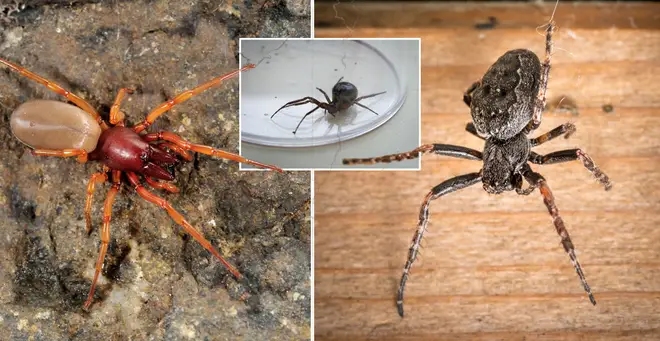
How dangerous are Britain’s household spiders? Here's everything you need to know...
Spider season is upon us, which means you might have spotted a few more creepy crawlies scuttling across the kitchen tiles.
Every September, the creatures usually start invading British homes while they seek out a dry place to mate.
But while there are thought to be more than 650 different species of the eight-legged insects in the UK, most are completely harmless to humans.
In fact, there are just a handful of common spiders in the UK which are capable of biting you, and although their bites are painful and can cause swelling, they are not serious.
Here’s a list of the spiders which can bite in the UK…
False Widow
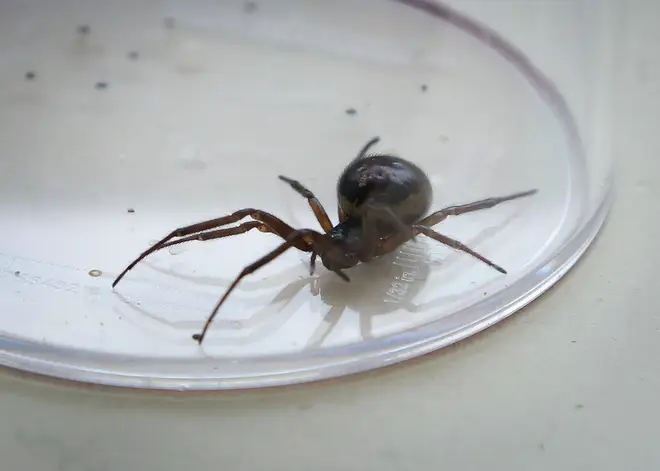
False Widows are the most poisonous spider in the UK and the venom of females can cause swelling, numbness, discomfort, burning, chest pain and nausea.
They usually grow up to about 10mm with their legspan reaching 25mm and have blotch markings on their backs.
Luckily, experts say false widow bites can’t produce an infection bad enough to cause death.
Woodlouse spider
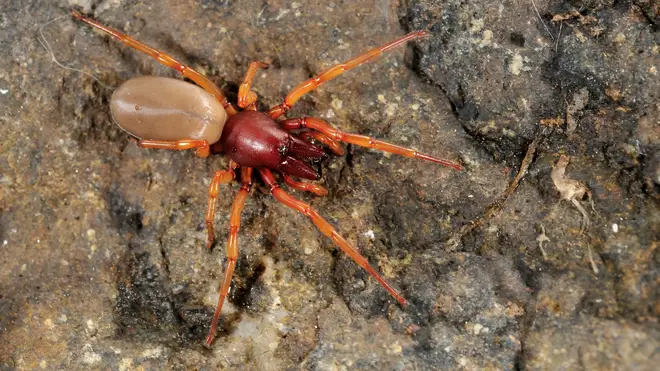
The woodlouse spider has a dark red body and a yellow stomach with a legspan of about 40mm.
Also known as the "sowbug killer", "woodlouse hunter" and "slater spider", these creatures feed on woodlice.
Despite their scary name, if one of these bite you it will just cause slight itchiness and a red mark.
Read More: The spiders are coming! Here's the arachnids invading your home this month
Cardinal spider
These terrifying creepy crawlies are the largest spider species in the UK, with some growing up to 14cm.
They are mainly harmless but people are usually terrified of them because of their huge size and speed.
Cardinal spiders are technically venomous, but bites from them are rare and fairly painless.
Lace web spider
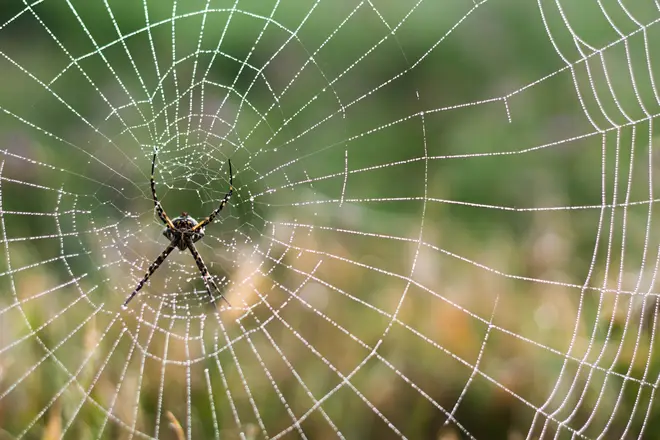
While this species usually like to live in the garden on wooden fences and in sheds, the heavy autumnal rainfall often forces them inside when their webs are ruined.
You’ll notice these spiders have brown bodies about 2cm in length and their abdomens are covered in yellow markings
These creepy crawlies are known to bite people and their bites can be painful with localised swelling lasting for around 12 hours.
Tube web spiders
This species creates a tube-like web to catch their prey, and is commonly found in cracks of buildings.
Known to be quite aggressive, they do bite, and the pain is said to be similar to resemble an injection lasting several hours, but they are not serious.
You’re most likely to find these spiders in areas such as Cornwall, Gloucester, Dover, Southampton and Bristol.
Walnut Orb-Weaver Spider

Walnut orb-weaver spiders can be found all over the world, including Europe, north Africa and south Asia.
They usually like to hide behind bark and in cracks in woodwork during the day and females can grow to around 15mm.
This species is actually one of the most venomous spiders in the UK, behind the false widow and the pain of one biting you has been described as “like an electric shock from finger to elbow".
While they’re not deadly, a bite from one of these can lead to a few hours of pain with swelling and a numb arm.
Wasp Spider
Though fairly new in the UK, the wasp spider is black, yellow and white with a stripe pattern that gives them their name.
Just like their namesake, these spiders can be aggressive and a bite from one could give you pain in your groin - but they’re not serious.
Mouse spider
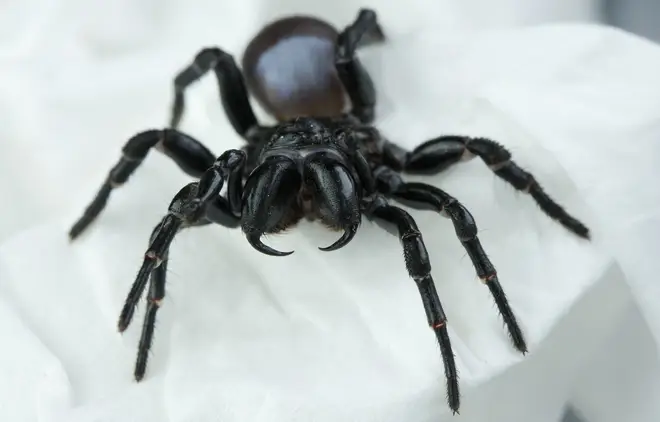
These critters get their name from the mouse-like hairs growing over their brown/grey bodies.
They can grow to 3cm and run very fast but are mostly nocturnal.
Mouse spiders live in burrows covered in soil but invade British homes during mating season.
Although they do have a noticeable bite, the spiders don't pose any real threat to humans.
A bite from one of these can cause painful inflammation but this is thought to go down in a few days.































